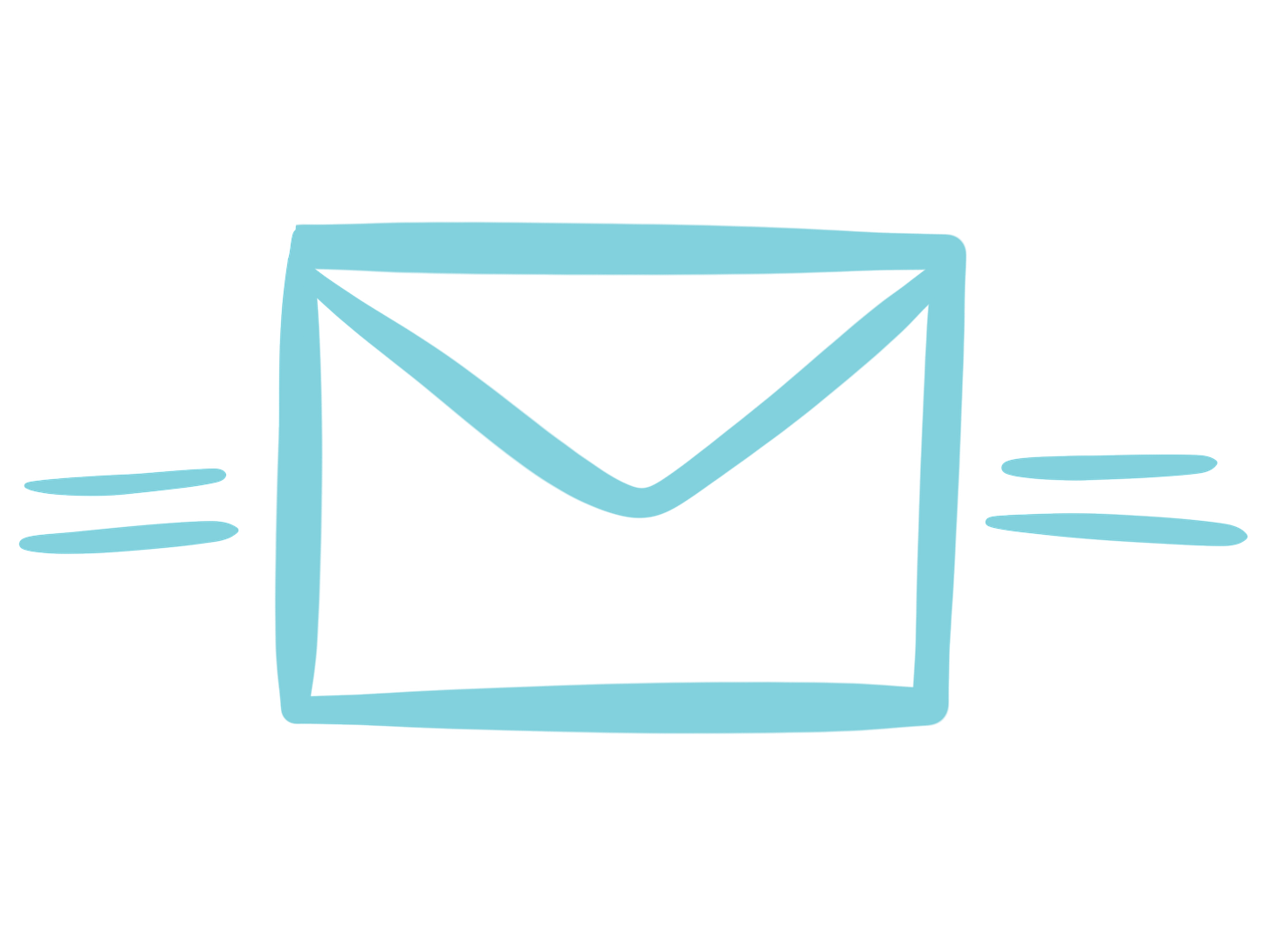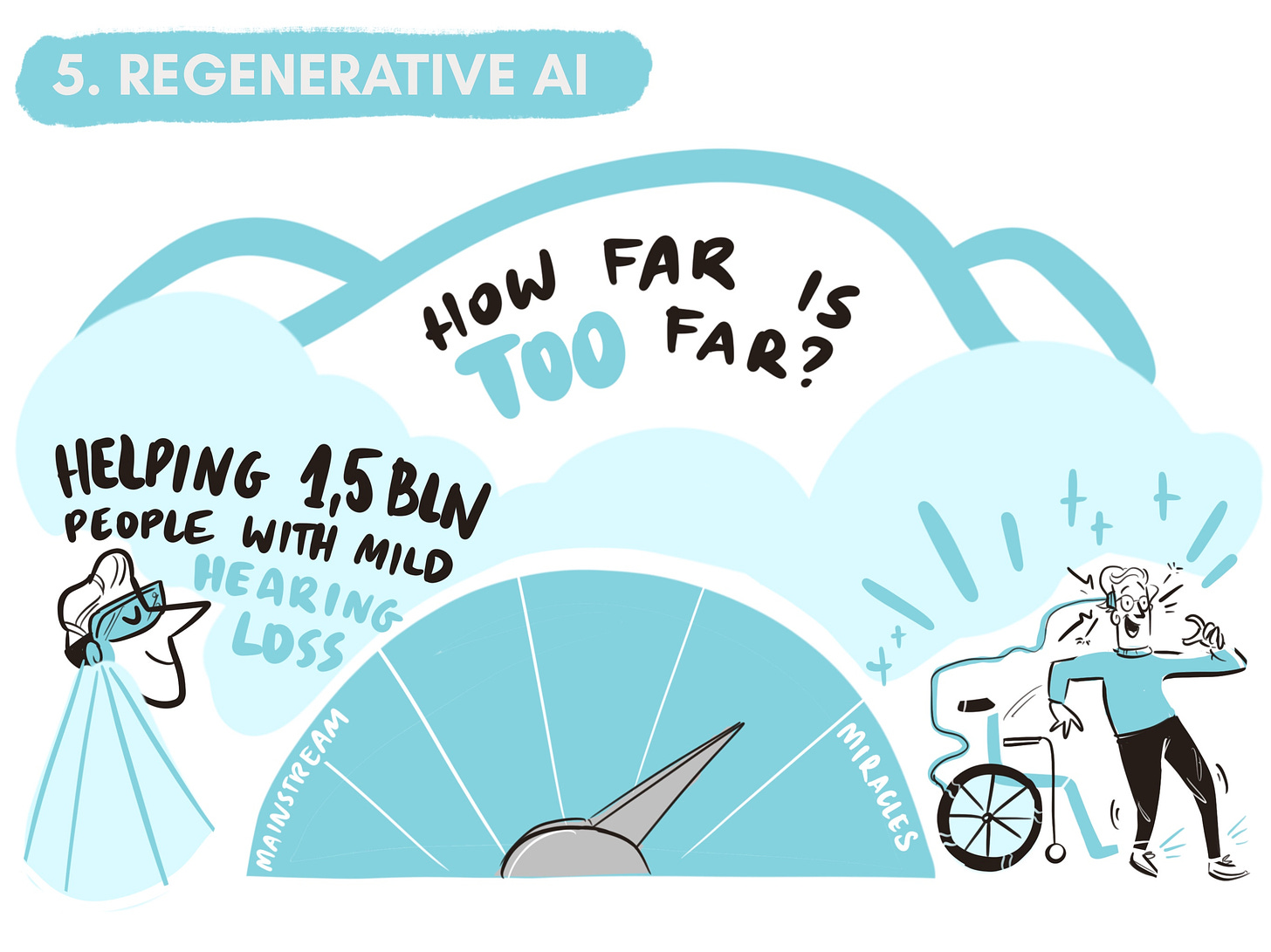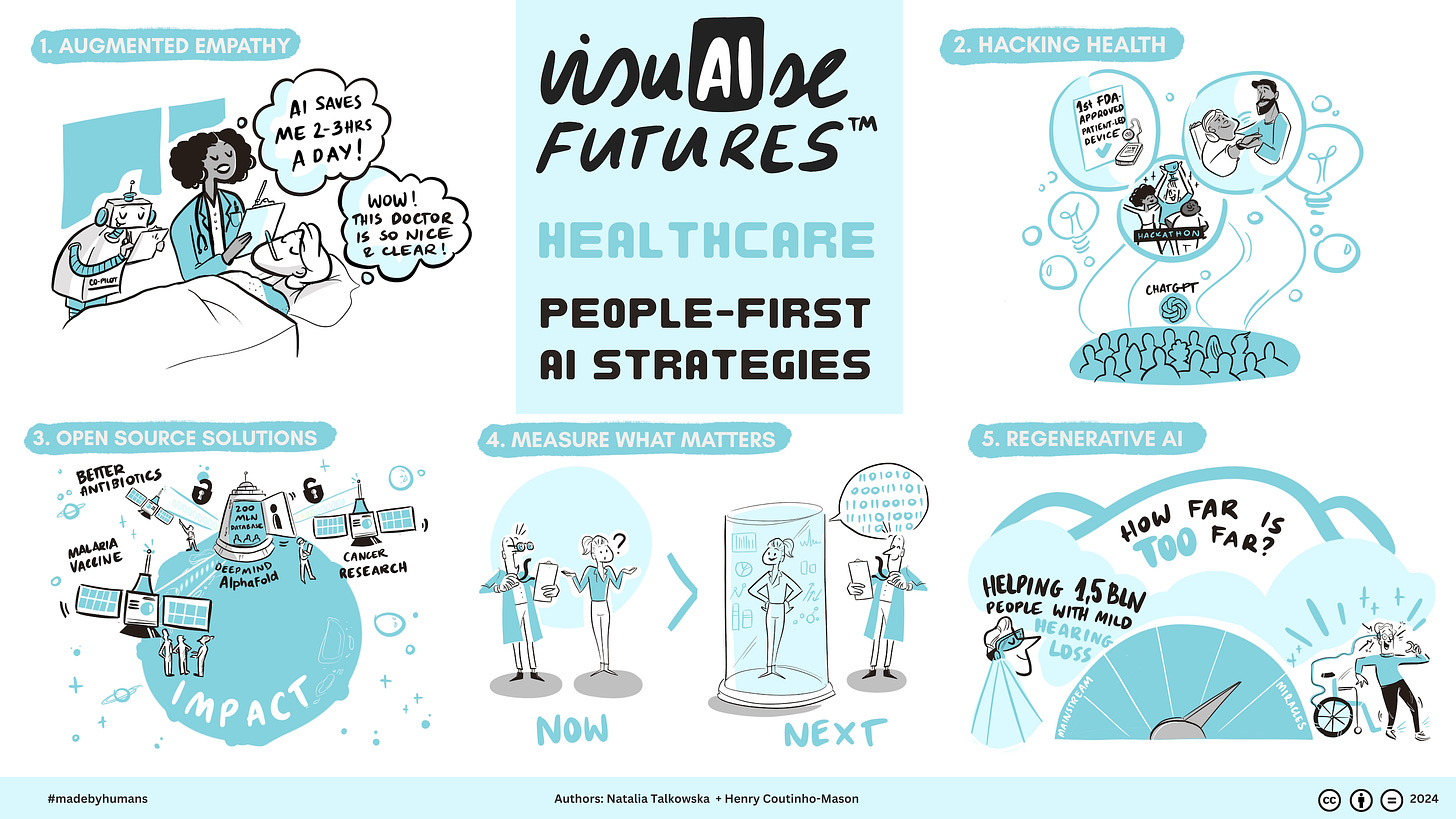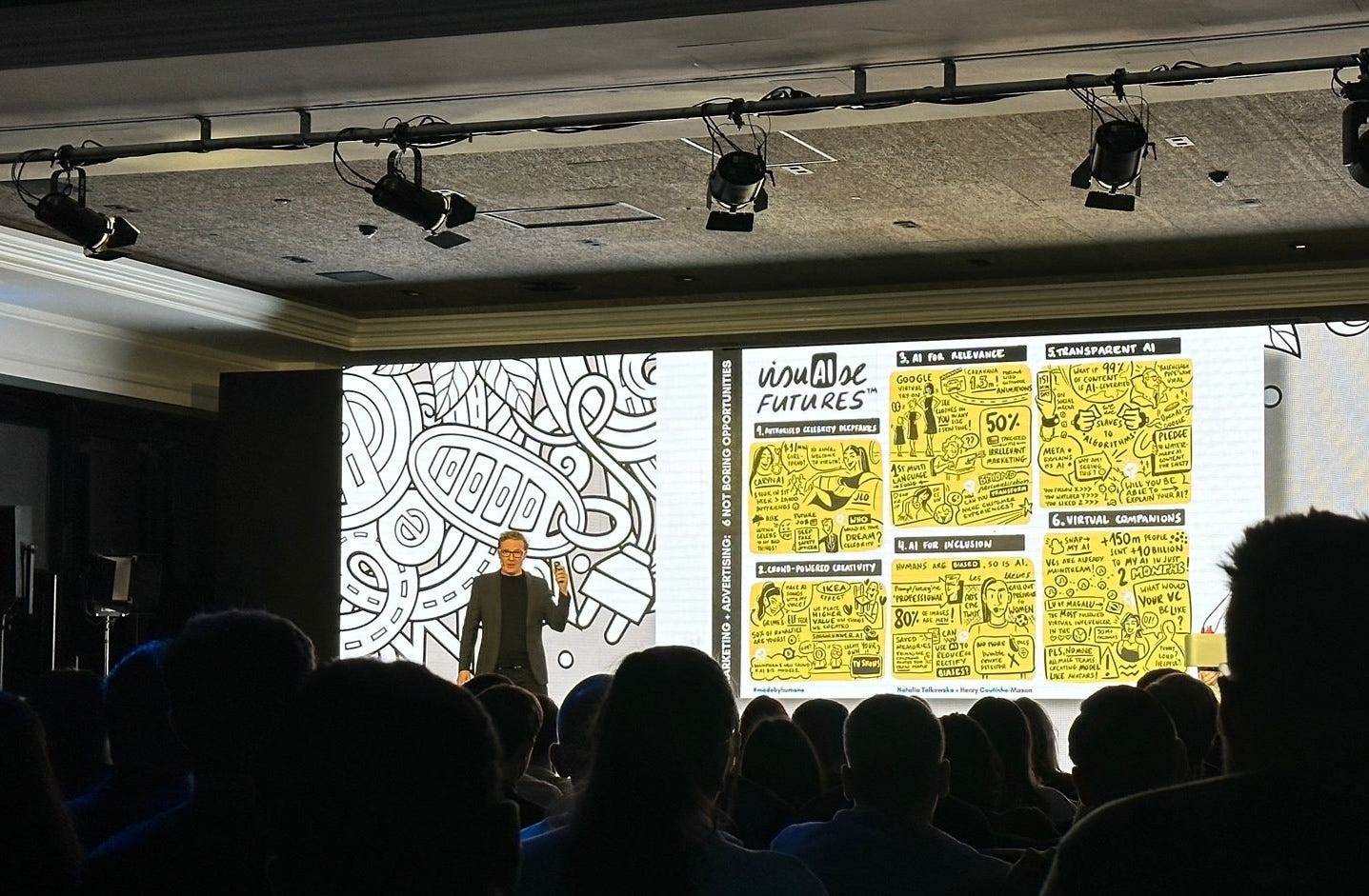Last week we published the second of our illustrated guides to people-first AI strategies, looking at how it will transform the healthcare experience.
It’s clear from the conversations it’s sparked that our focus on how AI will change people’s experiences, combined with accessible visuals and real-world case studies is resonating with many of you.
AI is moving so fast. The truth is, no one knows exactly what it will unlock. We’ll learn as we build. You’ll learn as you build.
These shorter updates will help you learn faster. They’ll help inspire your team to see new opportunities. They’ll prompt you to ask the right questions. They’ll show you how to put people at the heart of your AI strategy.
As always, we’d love to hear your thoughts. Or, if you want to bring us to your next AI meeting or event to co-create a custom graphic for your organisation – then let’s chat!
Thanks for reading,
Henry and Natalia
AI Heaven vs AI Hell: Google Gemini

If there was ever a reminder of need to design people-first AI strategies, then Google’s week last week was it. To recap for those who don’t spend their days online:
👼🏼 AI Heaven: its Gemini 1.5 Pro release extended its context window to 1m tokens (a 5x increase on the next best competitor), unlocking the ability to learn entire languages with no instruction, reduce hallucinations when analysing huge amounts of data, understand and engage with videos (up to 1h in length!) and more.
👺 AI Hell: Yet this technological feat was largely drowned out by the ridicule around its public Gemini release, which took attempts to foster diversity to ridiculous new levels, including by generating black Nazis and saying that it “is not possible to say definitively who negatively impacted society more, Elon tweeting memes or Hitler”. It would almost be funny if it wasn’t so bizarre.
🔮 Future Normal //
If the truest sign of intelligence is the ability to simultaneously entertain two contradictory ideas, then AI is living up to its name:
AI will give us incredible superpowers.
It will also be stupid, biased and dangerous.
Both of these states will be true at the same time.
Your view of where it is on this spectrum is a human question, as much as a technical one. It is a question about values, as much as capabilities.
That means these are questions that can't be 'solved' – the best we’ll do is create a patchwork of architectural choices (at the product level), penalties for misuse (at the user level) and cultural norms (at a social level).
And to paraphrase Mike Tyson, “every AI company will have a policy until they get screenshotted on social media.” 🥊
Regenerative AI update: Neuralink
We’d barely pressed ‘publish’ on VisuAIse Futures: Healthcare when Elon Musk announced that the first human implanted with a Neuralink chip has recovered and is now move a computer mouse with thought alone.
🔮 Future Normal //
However, as we wrote in the full piece:
Medical ‘miracles’ like using brain implants to restore people’s capabilities makes compelling headlines. But it remains years (possibly decades even) away from being the future normal. The far more practical and bigger near-term opportunities will be in more subtle corrections, like the ones promised by EssilorLuxottica’s hearing-boosting and Xander’s captioning glasses, and Whispp’s voice restoring app.
How could you use AI regeneratively – boosting people’s failing senses, or slowing their decline?
Next: Read the full 5 People-First Strategies
VisuAIse Futures: Stealth Learning / Onlock learning
This fun Instagram account has created deepfake mashups of Kim Kardashian and Taylor Swift talking about integration, or Donald Trump and Barack Obama discussing differentiation.
Yes, now your favourite celebrities can teach you complex maths...thanks to the wonder of deepfakes.
🔮 Future Normal //
Deepfakes aren't going anywhere. Two quick insights to consider as they become part of the future normal:
» No gatekeepers, infinite creativity
We’re deep in the era of Crowd-Powered Creativity. 99% of AI-powered 'creative' videos, mashups, remixes, deepfakes will be terrible – and sink without trace. What if a combination of algorithms and expert human networks could surface not just outrageous but also brilliant content that better engages people? We should be aiming for this. We need this!
» Celebrity-endorsed deepfakes; new business models?
These clips are unauthorised. But J-Lo, Lionel Messi and Jack Nicklaus have all done authorised deepfake campaigns. And its not hard to imagine celebrities re-posting and celebrating individuals who create unauthorised clips of them that go viral and have a positive impact. There will be bigger revolutions too – Grimes has even offered to share royalties with fans who create songs with 'her' AI-powered synthetic voice while ABBA Voyage sees fans dancing to the bands' virtual avatars.
About VisuAIse Futures
VisuAIse Futures is a graphic collaboration between 👩🎨 Natalia Talkowska and 🕵🏻♂️ Henry Coutinho-Mason – two curious humans with 20+ years collective experience of helping large organisations navigate change.
We love helping companies increase the reach and impact of their thinking, so if you want to bring us to your next AI event or meeting to co-create a custom graphic for your organisation – then let’s chat!
“Inspiring, energetic, and entertaining. Henry's session for 2,000 senior executives from a Fortune 100 healthcare company received the highest rating from the attendees.” Brent Turner, SVP Head of Strategy, Cramer Events








